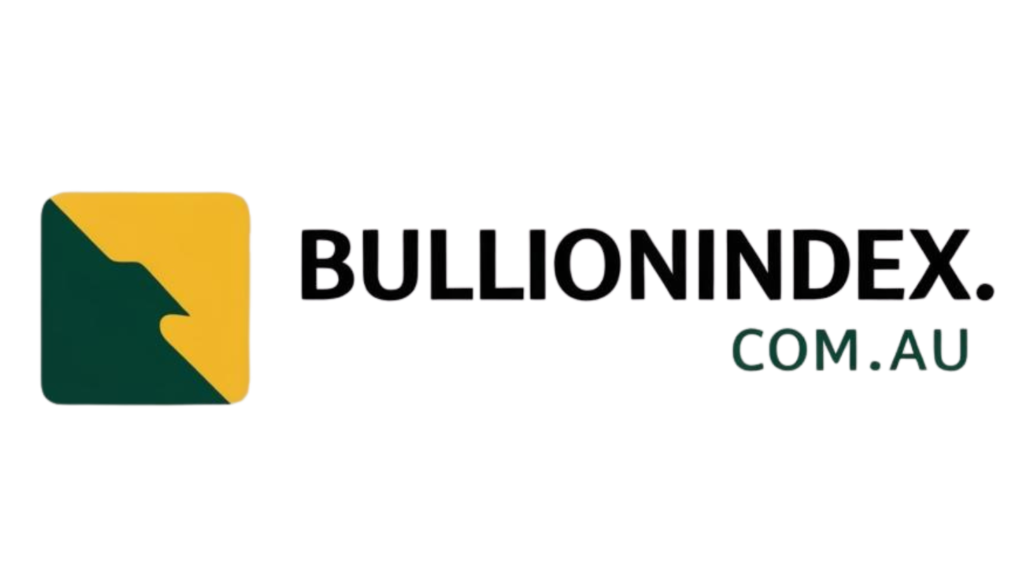Platinum has emerged as a contrarian investment opportunity in 2025, offering potential upside for investors willing to go against prevailing market sentiment. This approach involves investing in an asset that has been overlooked while popular options like gold and technology stocks dominate investor attention. The platinum market exhibits classic contrarian characteristics, including extended price consolidation and bearish sentiment.
Several factors make platinum an attractive contrarian investment, such as its historical price relationship with gold, current undervaluation compared to historical norms, declining primary mine supply, tight above-ground inventory levels, and potential for demand recovery across various sectors. Despite being rarer than gold, platinum has been trading at a significant discount, creating an opportunity for investors.
The small size of the platinum market presents both challenges and opportunities. With annual production significantly lower than gold and a fraction of the market capitalization, supply/demand shifts can lead to dramatic price movements. This volatility can be advantageous for contrarian investors, as price movements can be explosive when fundamentals turn positive.
Platinum has been overlooked due to a long sideways pattern in its price action, leading to challenges for investors who lacked patience for cyclical commodity investments. However, this consolidation phase has laid the groundwork for a potential significant price move as fundamental catalysts emerge, challenging common misconceptions about platinum demand.
The South African platinum mining industry faces structural challenges, including declining ore grades, increasing production costs, infrastructure issues, and labor relations problems. As a result, platinum mine supply is expected to decline annually, with limited new projects in development and disappointing recycling volumes.
Platinum demand comes from three main sectors: automotive catalytic converters, jewelry applications, and industrial uses. Investment demand also plays a significant role in platinum pricing, with physical investment, ETF holdings, and futures market positioning impacting price cycles.
Successful contrarian investing in platinum requires identifying key signals, such as extended price consolidation, bearish sentiment, supply constraints, inventory drawdowns, and signs of returning investment interest. The recent breakout in platinum’s price action indicates a potential trend change, with the metal displaying classic characteristics of a breakout after a long consolidation phase.
Investors can access the platinum market through physical platinum investments, platinum ETFs, mining equities, or related platinum group metals like palladium, rhodium, iridium, ruthenium, and osmium. Each investment option offers different risk/reward profiles and levels of exposure to platinum prices.
Rhodium, in particular, presents a specialized contrarian opportunity due to its small market size, extreme price volatility, and historical cyclicality. Investors considering rhodium should be aware of its limited investment vehicles, extreme volatility, and illiquidity.
Contrarian platinum investing carries risks related to timing, market liquidity, and fundamental factors. Investors must be prepared for extended periods of underperformance, wider bid-ask spreads, and potential risk factors that could undermine the platinum thesis.
Portfolio construction with contrarian investments requires a longer time horizon, prudent position sizing, and diversification across multiple contrarian themes. Successful contrarian investing relies on patience, understanding market dynamics, and embracing overlooked market segments to capitalize on unique opportunities.
📰 Related Articles
- Platinum and Palladium Poised for Resurgence Amid Market Shifts
- Platinum Resurgence Signals Investment Opportunity Amidst Market Shifts
- Platinum Market Outlook 2025: Stability Amid Sector Shifts
- Palladium and Platinum Market Shifts Signal Diverging Investment Paths
- Palladium Emerges as Lucrative Investment Amid Industry Shifts






